Hydrangea Arborescens Blue Plant – 2.25 Inch Starter Size – Blue Blooms
Original price was: $60.99.$38.99Current price is: $38.99.
Get your Hydrangea Arborescens Blue starter plant at an end-of-season price! Achieve stunning blue blooms by maintaining a soil pH of 5.2-5.5. This shrub thrives in part shade and produces impressive 10″ flower heads.
Estimated arrival
Jan 10
Jan 15 - Jan 17
Jan 20 - Jan 24
Reasonable Price
We offer reasonable price

Support 24/7
Contact us 24 hrs a day

100% Money Back
You've 30 days to Return

Payment Secure
100% secure payment
Hydrangea Arborescens Blue: Your Guide to Vibrant Blooms
The Hydrangea Arborescens Blue, now available as a 2.25-inch starter plant, offers a unique opportunity to add stunning blue hues to your garden. These ‘Annabelle’ Hydrangeas are known for their large, showy flower heads. However, achieving that iconic blue color requires understanding and managing your soil’s pH level. This end-of-season bargain provides an excellent starting point for both novice and experienced gardeners to cultivate these beautiful shrubs.
Key to Blue Blooms: Soil pH. To ensure your Hydrangea Arborescens Blue blooms in its signature color, you must maintain a soil pH between 5.2 and 5.5. Soil testing is crucial. If the pH is too high, the blooms will turn pink. You can amend the soil with sulfur or aluminum sulfate to lower the pH and promote blue flowering. These hydrangeas thrive in part shade and can reach heights of 3 to 5 feet with a spread of 4 to 6 feet, making them perfect for mixed shrub borders.
Planting and Care. These plants are hardy in zones 5 to 9 and bloom from June to September. Proper care is essential for healthy growth and vibrant blooms. Ensure the soil is well-draining and consistently moist. Mulching around the base of the plant helps retain moisture and regulate soil temperature. Regular fertilization with a hydrangea-specific fertilizer can also enhance bloom production and color intensity. With the right conditions, your Hydrangea Arborescens Blue will become a focal point in your garden.
Benefits of Growing Hydrangea Arborescens Blue. Beyond their visual appeal, Hydrangea Arborescens Blue offers several benefits. They attract pollinators, such as bees and butterflies, to your garden, contributing to a healthy ecosystem. Their long bloom time provides continuous color throughout the summer months. Additionally, their relatively low maintenance requirements make them an excellent choice for gardeners of all skill levels. This starter plant is an affordable way to introduce these benefits to your landscape.
Guarantee and Support for Your Plant. We strive to provide healthy plants that thrive in your garden. If you experience any issues within the first 30 days, our knowledgeable staff is available to provide guidance, troubleshooting tips, or a one-time replacement if necessary (customer assumes responsibility for the cost of shipping the replacement). For deciduous trees ordered during dormancy, we extend our guarantee beyond the initial five days, ensuring they break dormancy by May 30th.
Frequently Asked Questions
- What is the ideal soil pH for blue hydrangea blooms? The ideal soil pH is between 5.2 and 5.5. Use a soil testing kit to determine your soil’s pH and amend it accordingly to encourage blue flowers.
- How much sunlight does a Hydrangea Arborescens Blue need? These hydrangeas thrive in part shade, requiring about 4-6 hours of sunlight per day, ideally in the morning.
- How big will my Hydrangea Arborescens Blue get? Expect your plant to reach a height of 3 to 5 feet and a spread of 4 to 6 feet at maturity.
- When is the best time to plant my hydrangea starter plant? Mid to late spring, after the last frost, is optimal. Summer and early fall are also suitable if you ensure adequate watering.
- Will my hydrangea blooms always be blue? The color depends on the soil pH. If the pH is above 5.5, the blooms will tend towards pink. Consistent soil management is key to maintaining blue blooms.
Be the first to review “Hydrangea Arborescens Blue Plant – 2.25 Inch Starter Size – Blue Blooms”






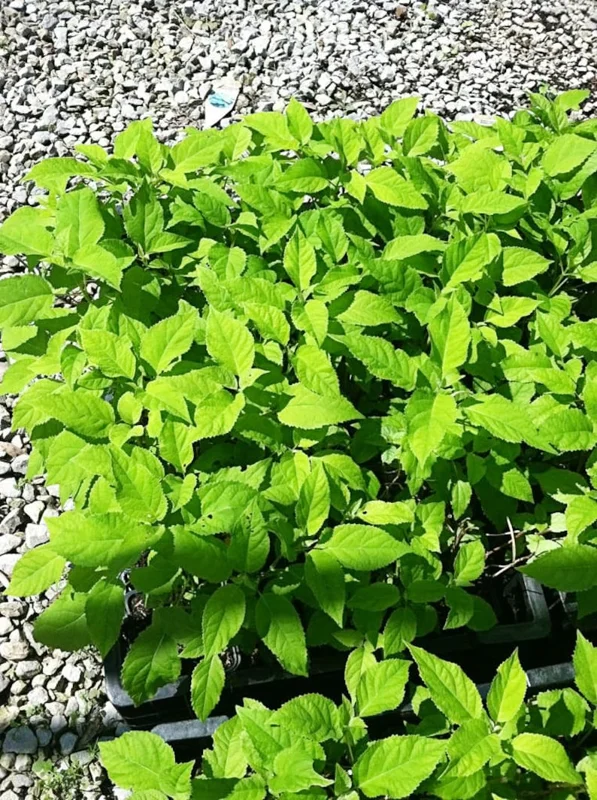

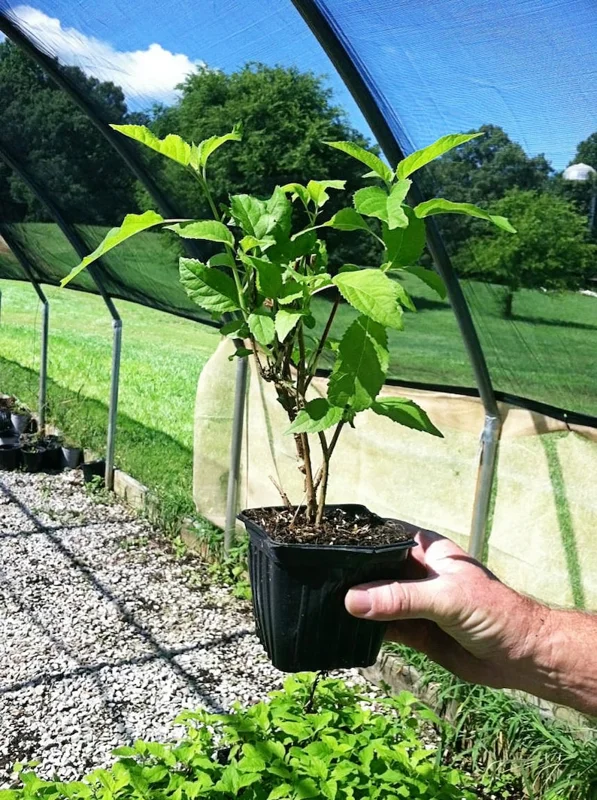


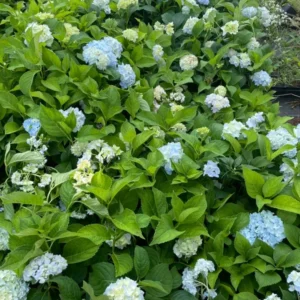
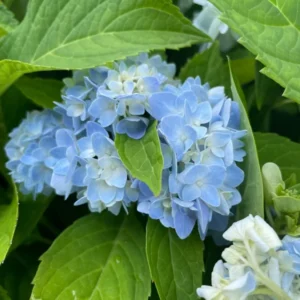
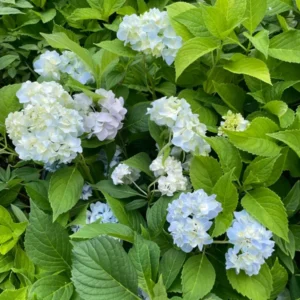
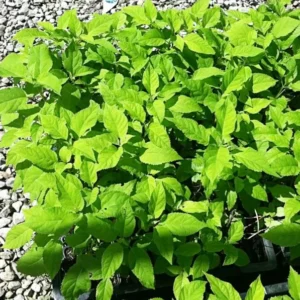
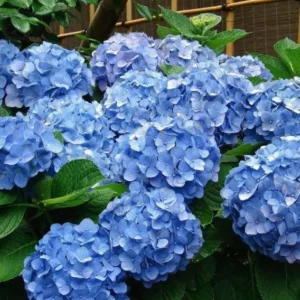
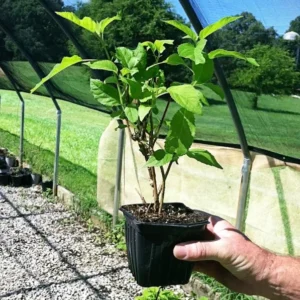

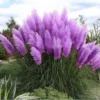


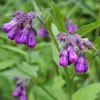
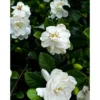
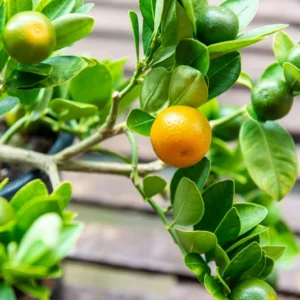
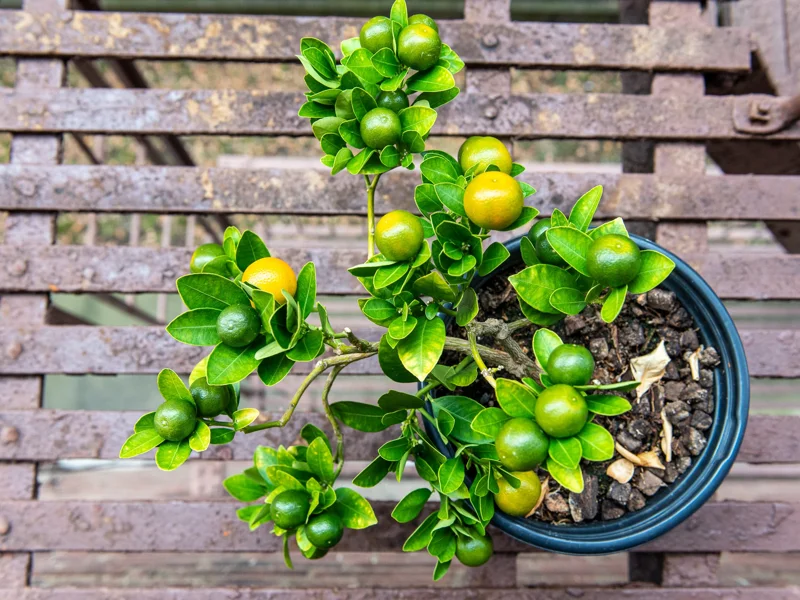
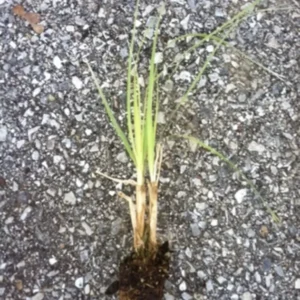
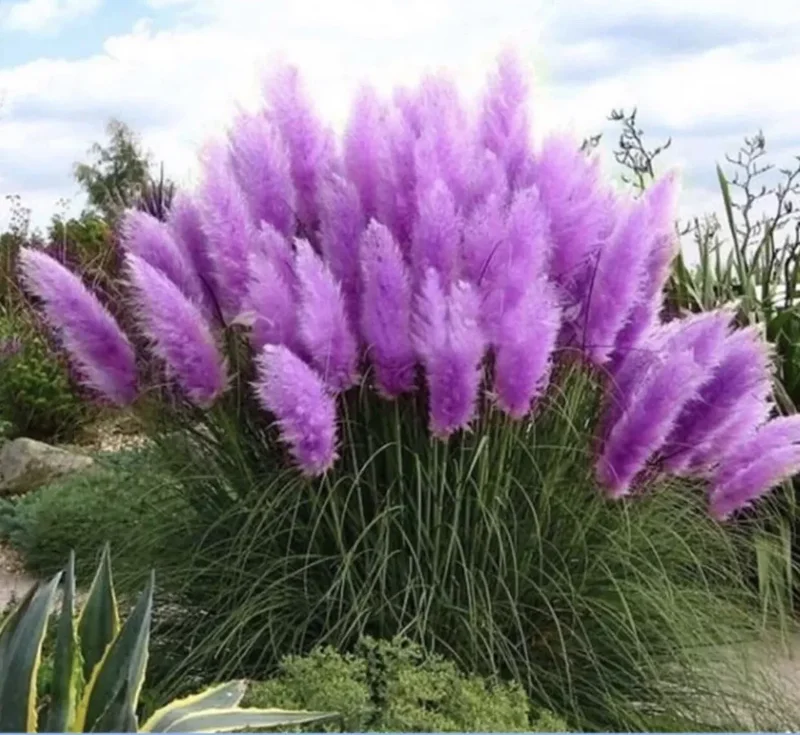
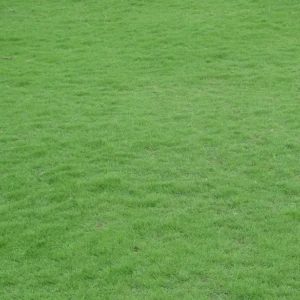
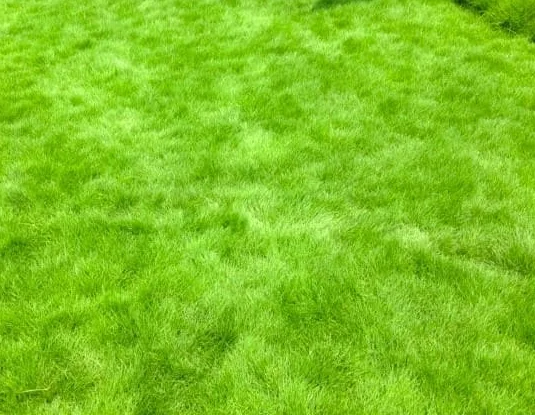
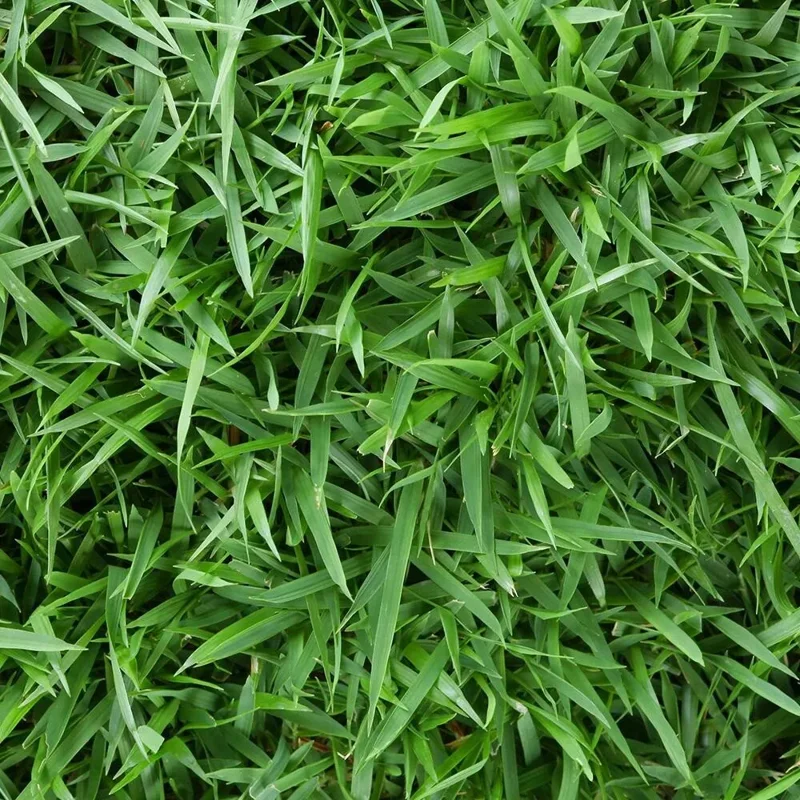
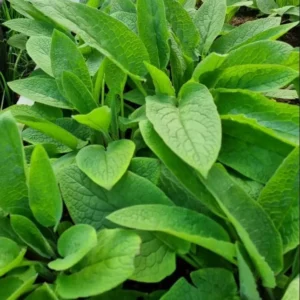
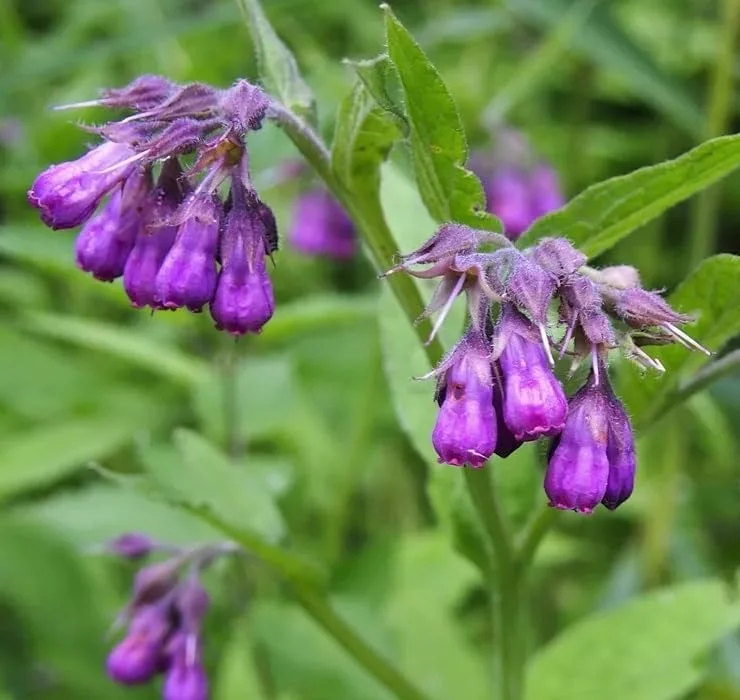
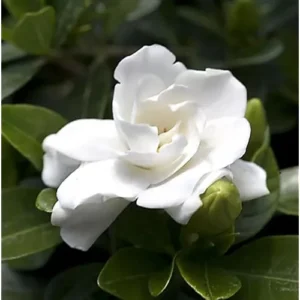
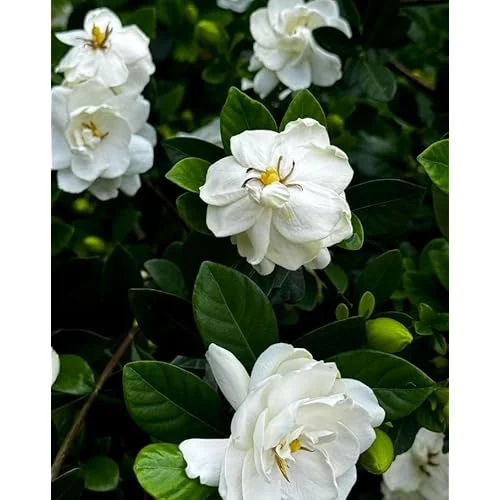
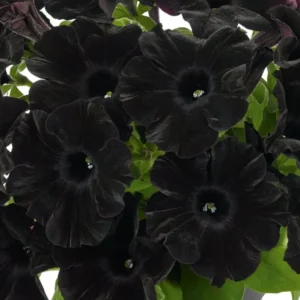
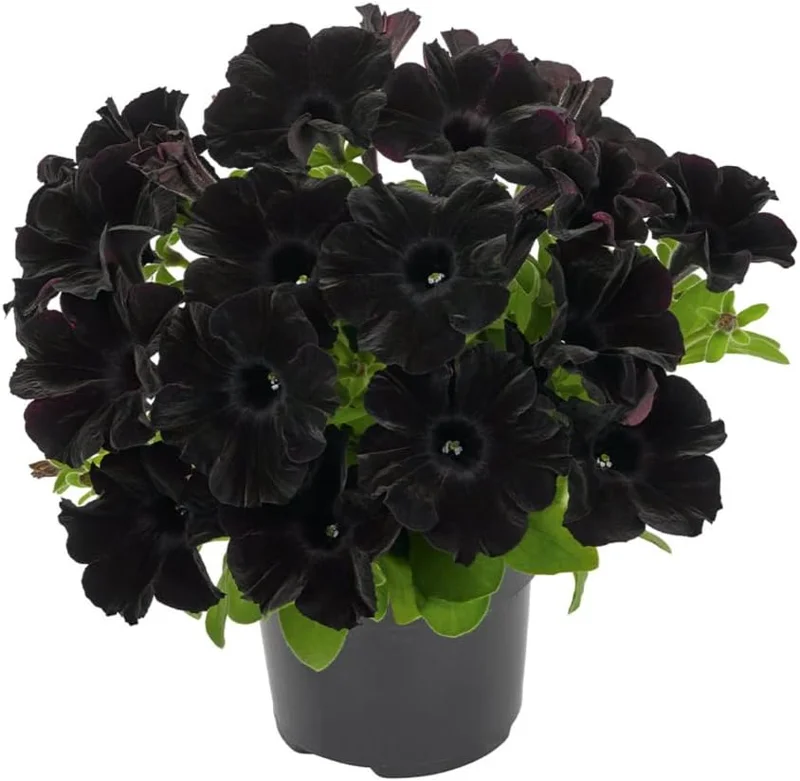
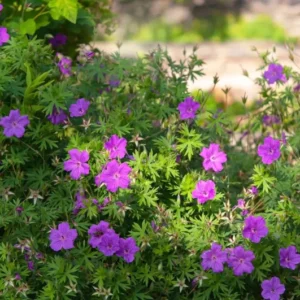
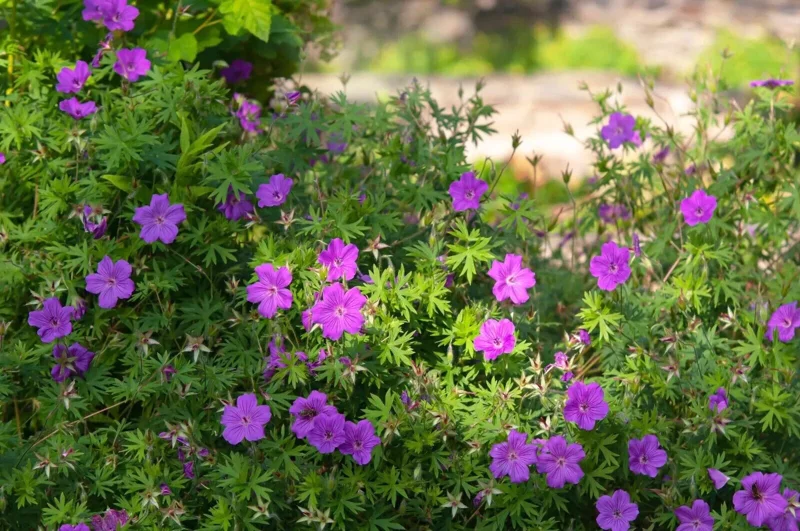
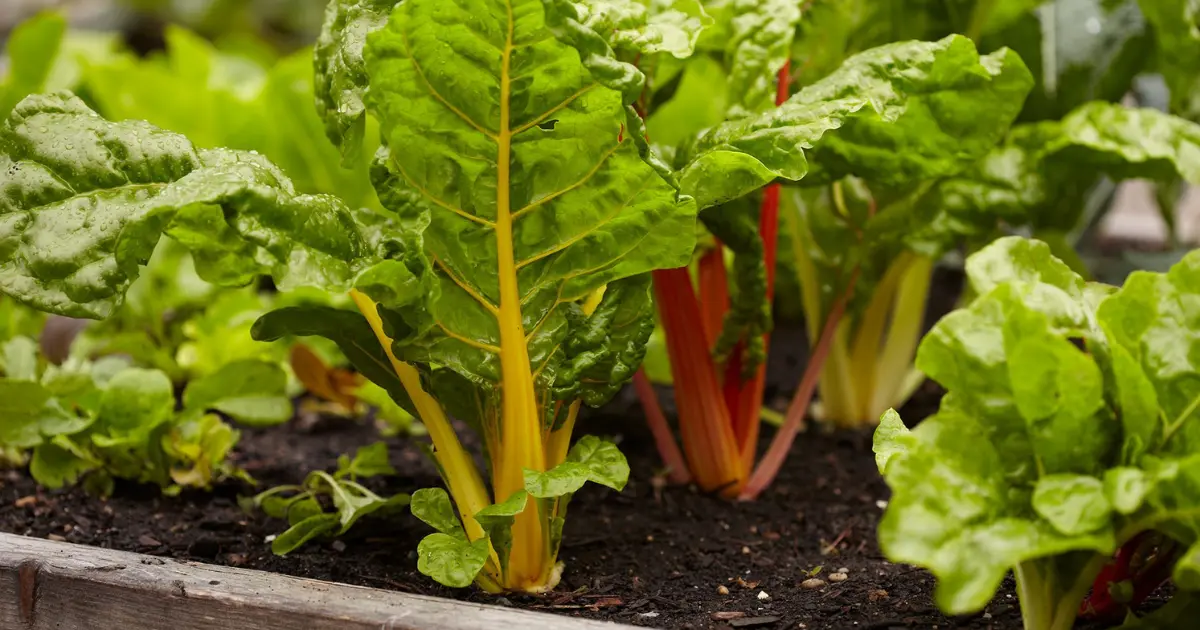
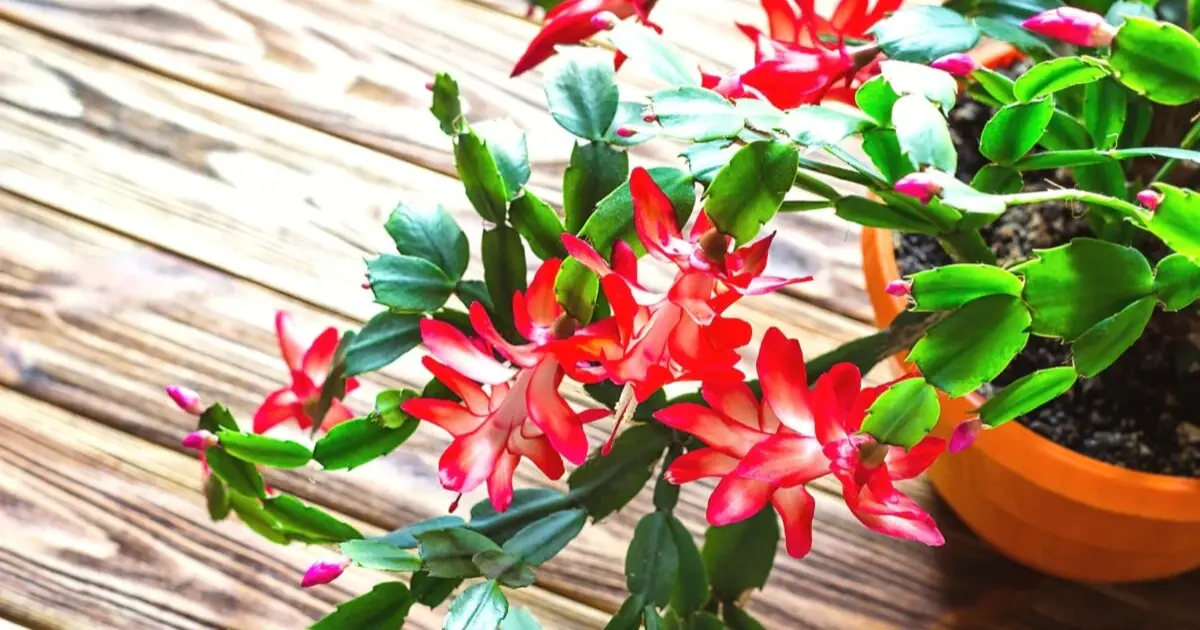
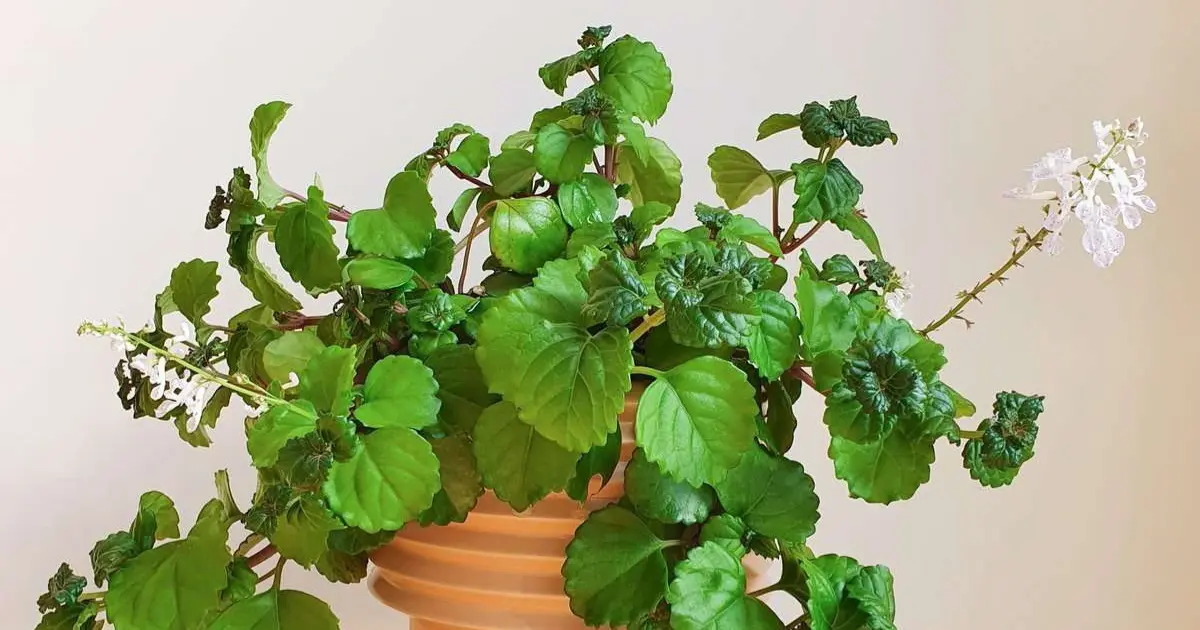
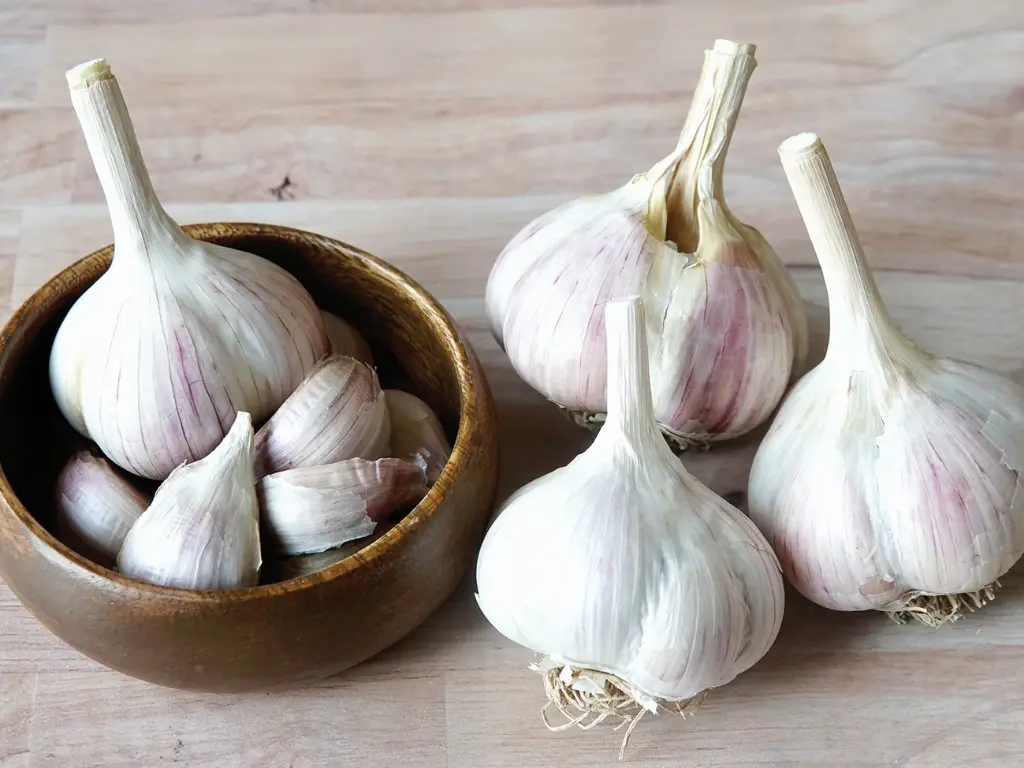
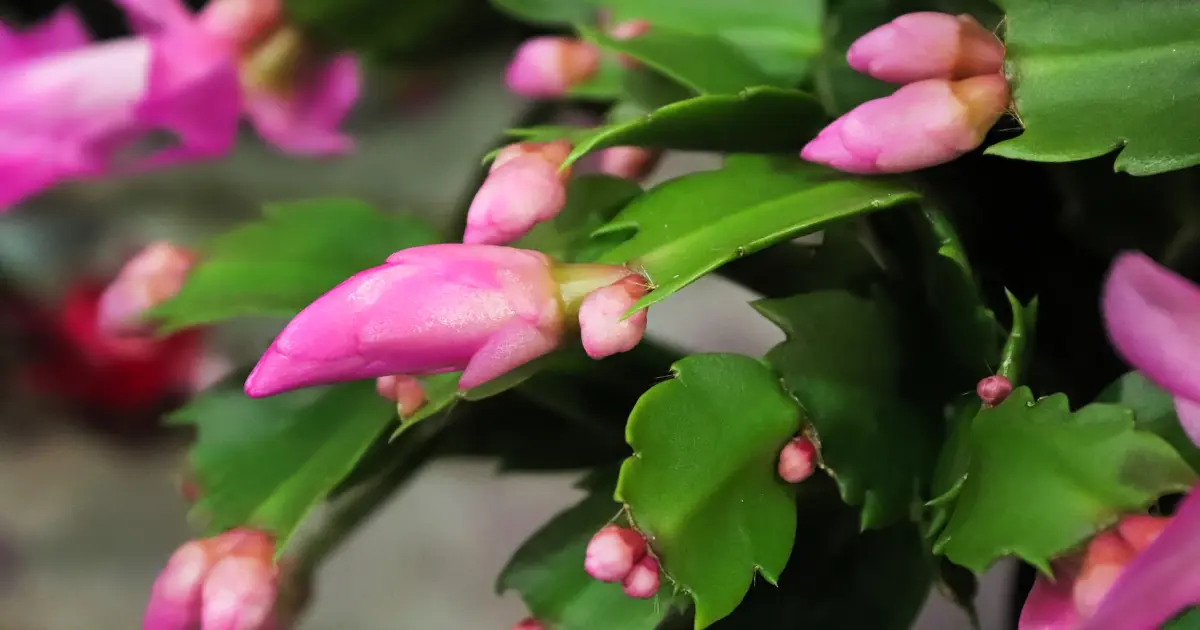
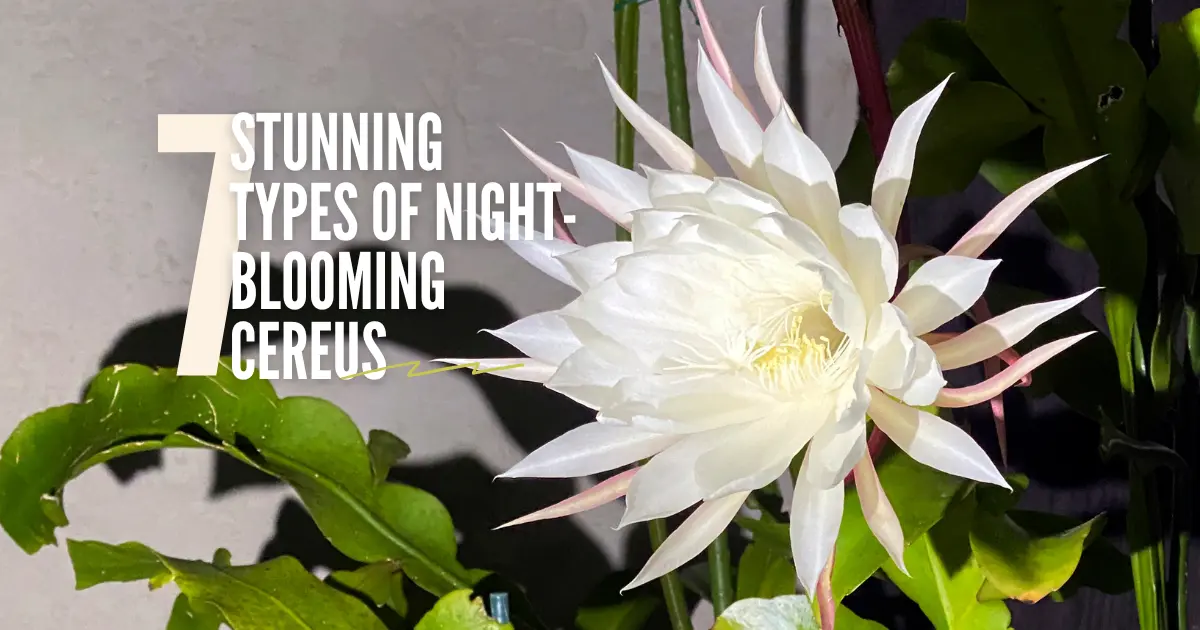
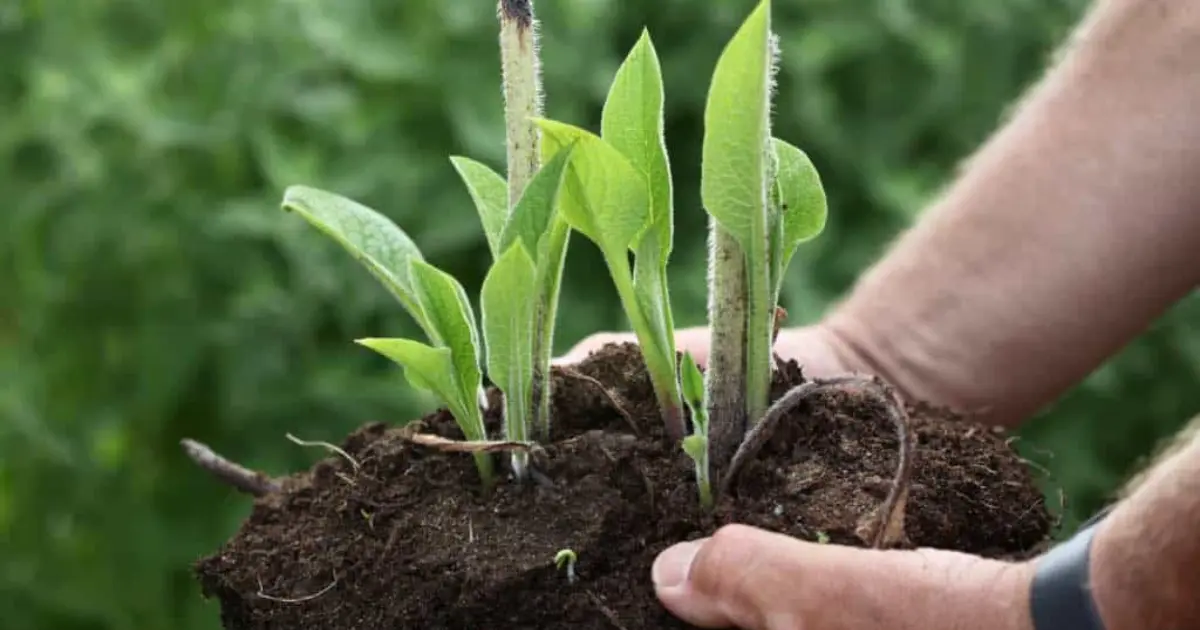
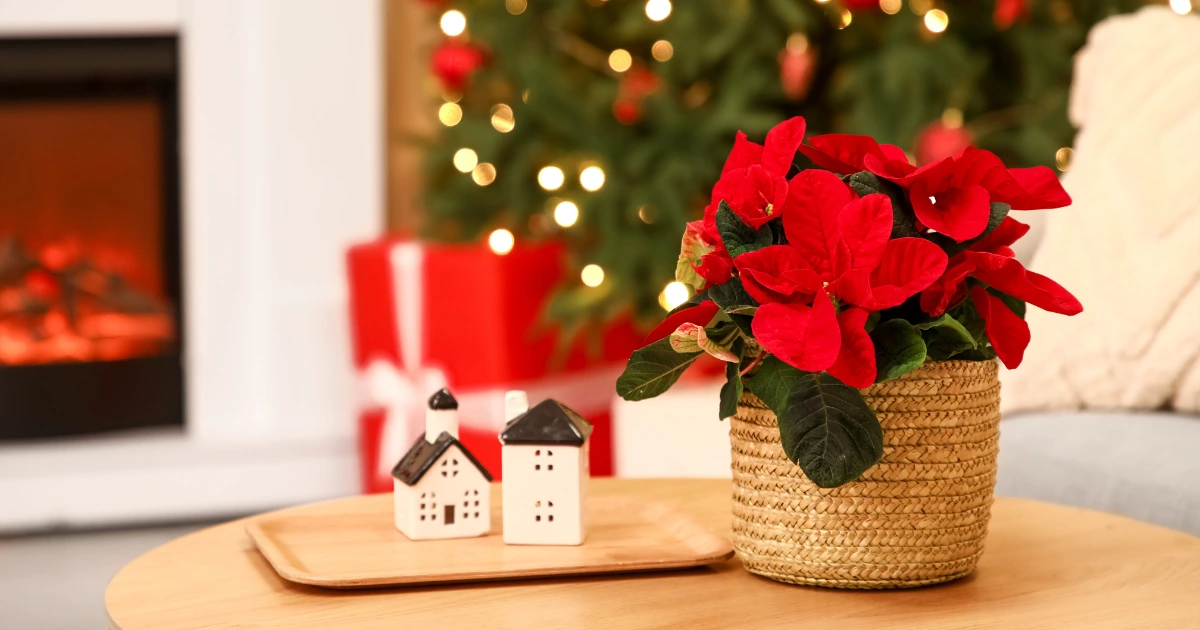
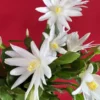
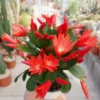

Reviews
There are no reviews yet.